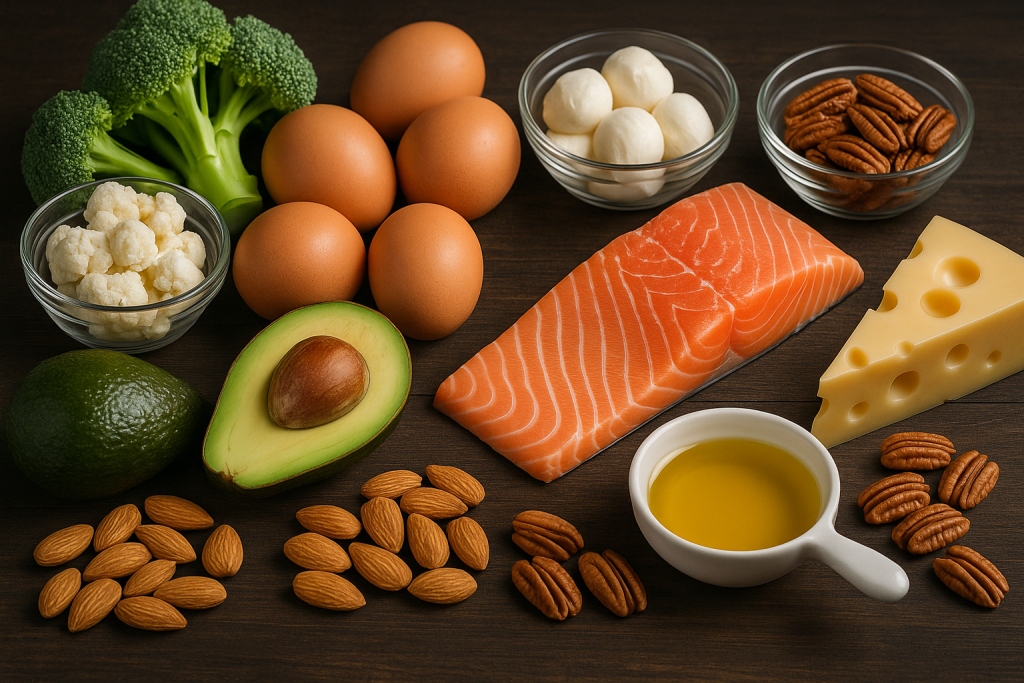Whoosh Effect Weight Loss: Myth, Water, and What Actually Helps
What People Mean By “Whoosh”
The “whoosh effect” is internet shorthand for a sudden drop on the scale after days or weeks of nothing. Some say fat cells empty, fill with water, wobble, then “flush”. It’s a neat story. It’s also not supported by solid research. Reputable round-ups say there’s no proof that fat cells routinely fill with water and then all drain at once. Sudden changes are more likely shifts in body water, not chunks of fat vanishing overnight.
What the Science Actually Says
When you lose body fat, the carbon leaves mostly through your lungs as carbon dioxide. That’s the biochemistry. You breathe out the mass; a smaller part becomes water. Cells do not need to become water balloons first. The fat stores shrink as energy is used. Honestly, it’s less dramatic than social media makes it sound.
Water, however, is dramatic. Carbohydrates are stored as glycogen, and each gram of glycogen is bound to around three grams of water. Change your carb intake and training, and you change glycogen – the water follows. That can swing scale weight by a kilo or two in days without any new fat gain or loss.
Why Big “Drops” Happen
Two common reasons:
- Glycogen shifts. Cut carbs hard and you shed glycogen and its water. Reintroduce carbs and the stores refill with water. The scale moves both ways.
- Fluid balance. Dehydration, salt swings, menstruation, poor sleep, tough training — all change water retention. Fix the trigger and you “whoosh”. It looks like fast loss. It wasn’t fat.
Low-carb and keto diets often show a fast first week for exactly this reason: water. That visible early change keeps the myth alive. It feels like magic. It’s physiology.
Keto, Whooshes, and Caution
Keto swaps your main fuel from glucose to ketones. Clinically, versions of the diet are used for epilepsy under specialist care. For general weight loss, major UK charities and dietetic bodies are cautious: evidence is mixed, long-term data are limited, and the diet can be high in saturated fat with practical risks if you go it alone. If you choose keto, do it for reasons beyond chasing a whoosh.

Plateaus Are Normal – and Often Not Real
Weight loss is noisy. You may be losing fat while water masks it. Or you might simply be at maintenance for a few days. That’s not failure; it’s the process. Weekly averages tell the truth better than one morning’s number.
Track smarter:
- Use weekly mean weight plus waist measurement.
- Weigh at the same time under similar conditions.
- Watch four-week trends, not single points.
Can You “Trigger” a Whoosh?
There’s no magic button. But a few levers affect the reasons whooshes appear.
- Consistency. Keep your calorie deficit steady. Fat loss continues even when scales stall. The drop often comes later.
- Refeeds. Short, planned higher-carb days can lift leptin and shift water. Some research shows carb overfeeding bumps leptin for a day or two. It’s not guaranteed fat loss — but it can improve adherence and reduce water retention for some.
- Sleep and stress. Poor sleep and high stress skew appetite and fluid balance. Get enough sleep and the body often lets go of water. Possibly the most underrated tactic.
- Hydration and salt. Being well-hydrated helps normalise fluid balance. Big swings in salt lead to big swings on the scale.
What the Whoosh Effect Isn’t
Let’s be blunt.
- It isn’t proof you lost five pounds of fat overnight.
- It isn’t something you can force every week.
- It isn’t a sign your plan only works in bursts.
Chasing sudden drops is a distraction. Chase habits.
A Better Way to Measure Progress
Scales are useful — not sacred. Keep them in context.
Non-scale checks that matter:
- Clothes fit at the waist and hips.
- Progress photos under the same light.
- Performance — steps, lifts, runs.
- Energy and sleep — real life markers of recovery.
If two out of four are improving, you’re winning even if the scale sulks.
If You Like Low-Carb – or Don’t
You don’t need keto to lose fat. You need a way to eat fewer calories than you use – without hating your life. Some prefer low-carb; others do well with balanced carbs and fibre. UK dietitians note low-carb can work short term, but it isn’t inherently superior to other calorie-controlled approaches. Pick the pattern you’ll keep when motivation dips.
Practical Steps That Beat Myths
Here’s the plan I’d give a friend.
Food:
- Anchor meals with protein and veg; add carbs to match activity.
- Keep ultra-processed snacks for planned moments.
- Eat slower – your hormones need time to talk to your brain.
Activity:
- Aim for 150 minutes moderate aerobic work per week, minimum.
- Add two strength sessions to keep muscle while you diet.
- Walk after meals. It helps glucose control and mood.
None of that looks exciting. It works. Most “whooshes” arrive when you do the basics long enough.

My Take – Honestly
The whoosh effect is a tidy label for messy biology. Water moves. Glycogen swings. Fat loss is steady but hard to see day to day. If a sudden drop shows up, enjoy it – then get back to the plan. If it doesn’t, keep going anyway. Your body is changing even when the mirror is slow to report.
If you’re stuck for weeks, audit the big rocks: calories, protein, steps, sleep. Talk to a clinician if you’re considering restrictive diets, especially if you have medical conditions. Use science to guide you — not folklore to comfort you.
Bottom Line
Whooshes happen – mostly as water shifts. Fat loss happens – mostly as carbon you breathe out. Don’t confuse the two. Build boring, repeatable habits and let time do the heavy lifting. When the whoosh comes, you’ll know what it is, and you won’t rely on it.
